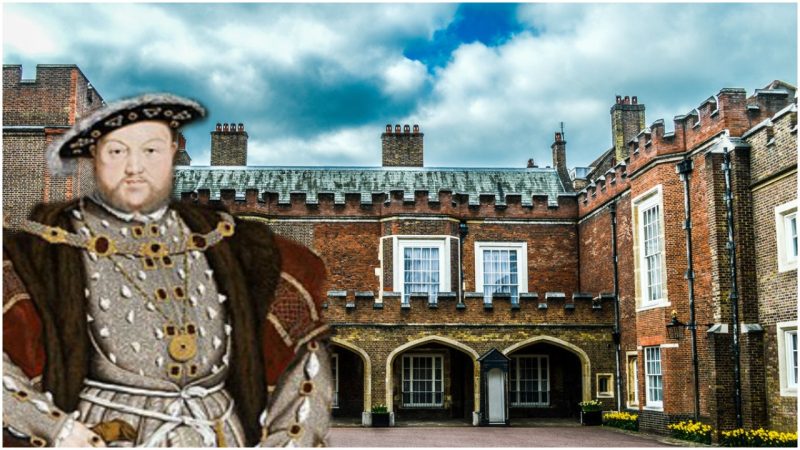Although Buckingham Palace is arguably the most famous royal residence in London, the oldest is situated on the Pall Mall street in the heart of the city. St. James’s Palace has witnessed many important historical events–royal weddings, childbirths, and deaths–and is regarded as one of the best examples of Tudor architecture in England.
Its construction was commissioned by one of the most famous kings of England, Henry VIII. He wanted to build a manor house where he could relax from state matters at Whitehall Palace. However, the property he had chosen for his new residence had one disadvantage: there was already an existing building, and to make things worse, it was a hospital for women with leprosy dedicated to St. James.
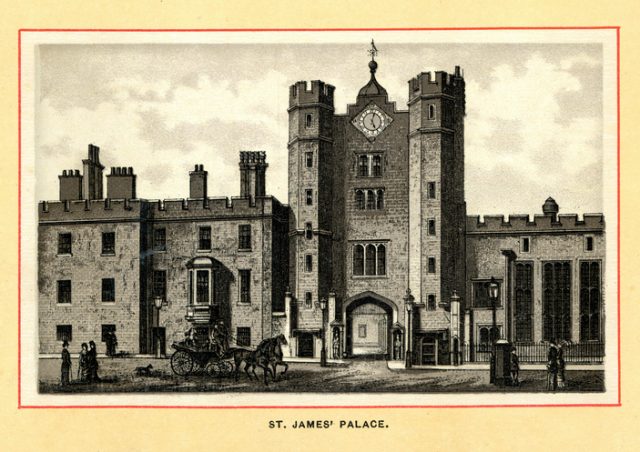
But that didn’t seem to be a problem for the king. He closed the hospital and demolished the building. The construction of the manor house, which wasn’t intended to be as large or magnificent as Whitehall Palace, began in 1531. The material used for the construction was red bricks. Although quite affordable today, in the Tudor era only the wealthy could use bricks for building their homes. And since the king was the wealthiest man in the country, it’s no wonder he chose the fashionable material that was also a status symbol.

During the construction, Henry VIII had married Anne Boleyn and the couple planned to use the manor house as their residence when they wanted to retreat from court life. Unfortunately, the manor house was completed in 1536, the same year Queen Anne was executed. She did, however, leave a mark that decorates some of the fireplaces to this day. The engraved initials “H.A.” (Henry and Anne) are most noticeable in the state apartments of the palace. Besides the manor house, Henry VIII built the instantly-recognizable gatehouse and Royal Chapel. The interior of the chapel was decorated by the German artist Hans Holbein to celebrate the wedding of the king and his fourth wife Anne of Cleves.
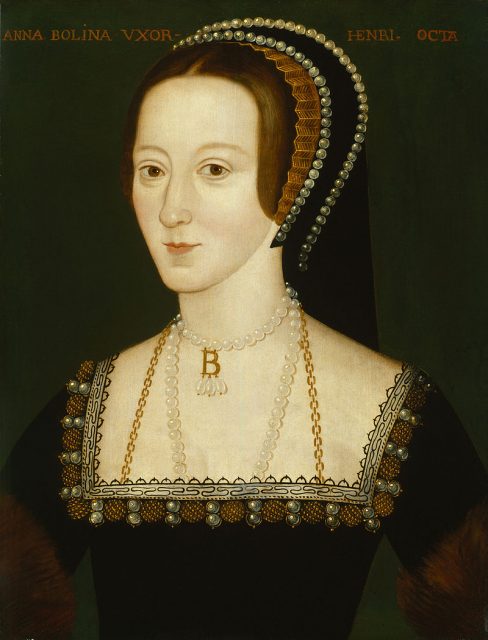
Two of Henry VIII’s children died in the palace: his illegitimate son Henry Fitzroy, who was also a resident of the house, in 1536, and his daughter Mary, the Queen of England. In 1558, Queen Mary was buried in Westminster Abbey, but legend has it that her heart is buried in the chapel of St. James’ Palace. Her sister, Elizabeth I, often visited the palace. In fact, she spent the night there before giving her historic speech at Tilbury, rallying the country before the news of the defeat of the Spanish Armada. In 1649, before his execution, Charles I spent his last hours in the palace.
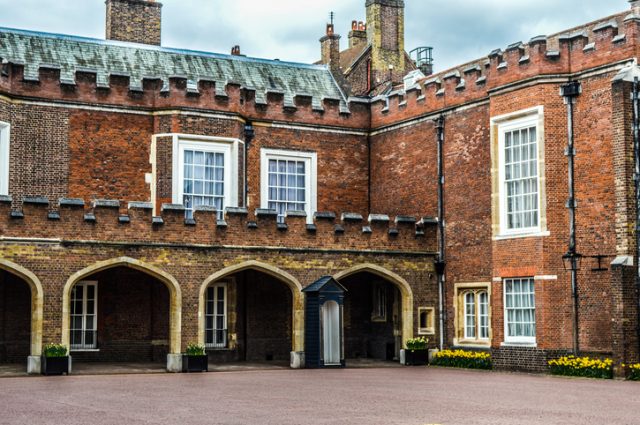
Happier events also took place in the palace. It is the birthplace of Charles II, James II, Mary II, Queen Anne, and James Francis Edward Stuart, and they were all baptized in the chapel. During the reign of Charles II, the house was restored, as were the park and gardens. After the Whitehall Palace was completely destroyed in a fire, the king moved his permanent residence to St. James’s Palace.
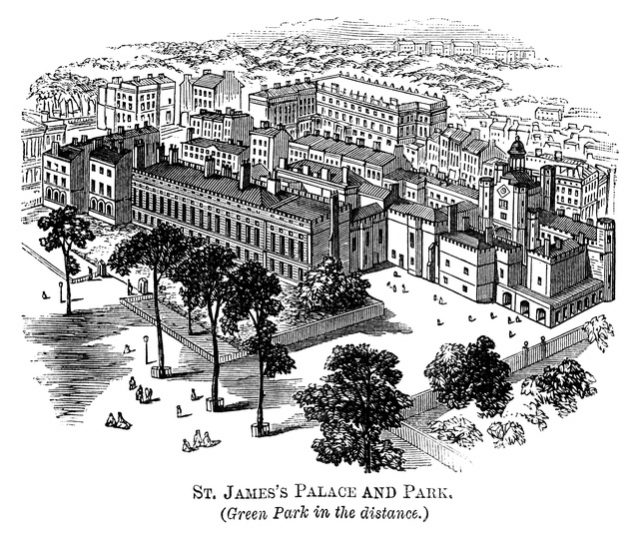
However, in 1809, a fire caused severe damage to St. James’s Palace and although much of the damage was repaired, the chapel that had previously been part of it now was separated from the palace and has remained so to this day. The weddings of William and Mary, George III and Queen Charlotte, Queen Victoria and Prince Albert, and George V and Queen Mary took place in the Royal Chapel of the palace. Also, in 2013, Prince George was christened here.
When Victoria ascended to the throne in 1837, she moved the permanent residence of the monarchy to Buckingham Palace. However, St, James’s Palace did not lose its importance. It was continuously used for formal occasions and official receptions. Even today, the Accession Council gathers here after the death of the monarch to proclaim the new sovereign. Although it is no longer the primary royal residence, St. James’s Palace is of great importance to the British monarchy.
